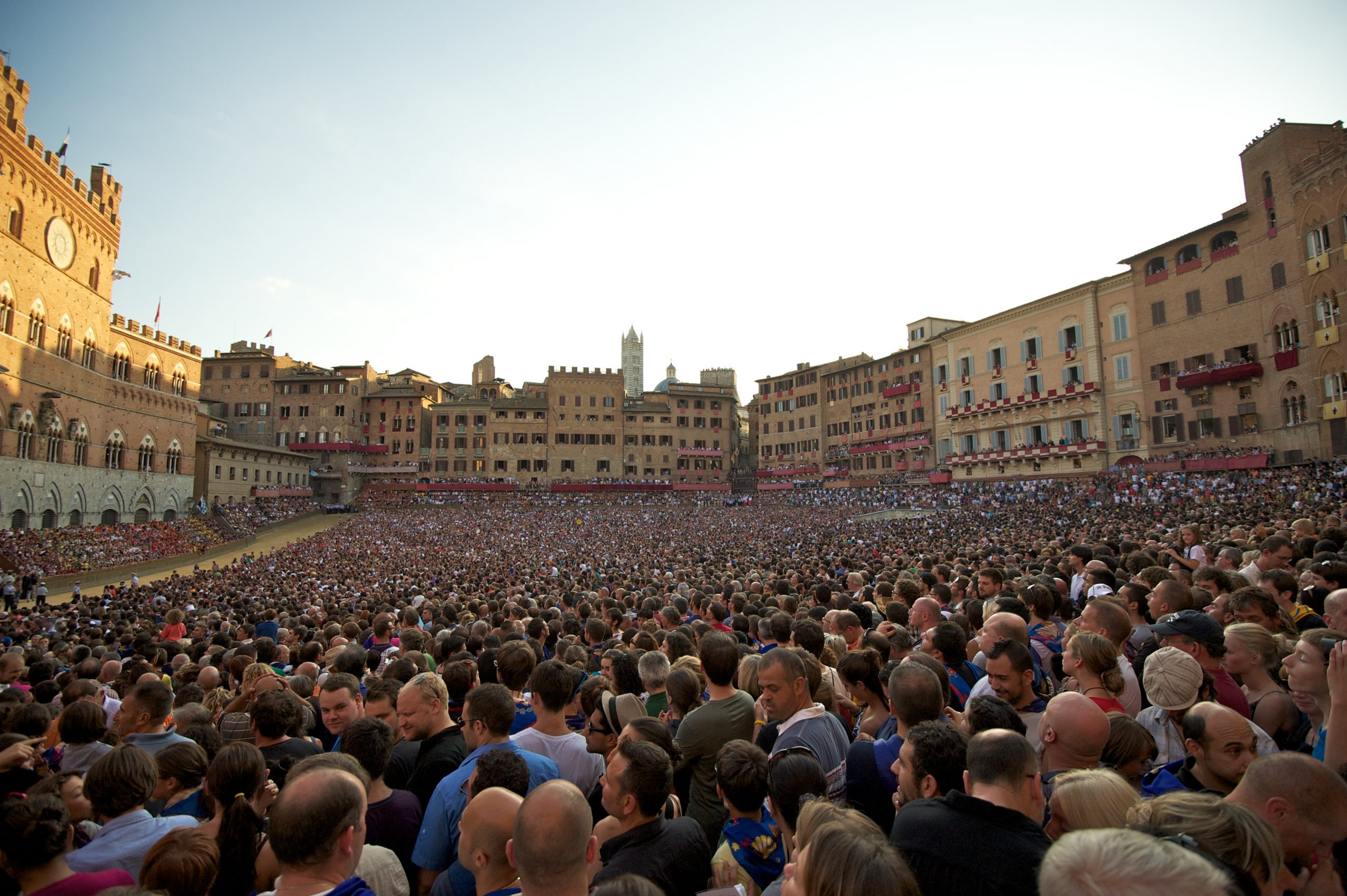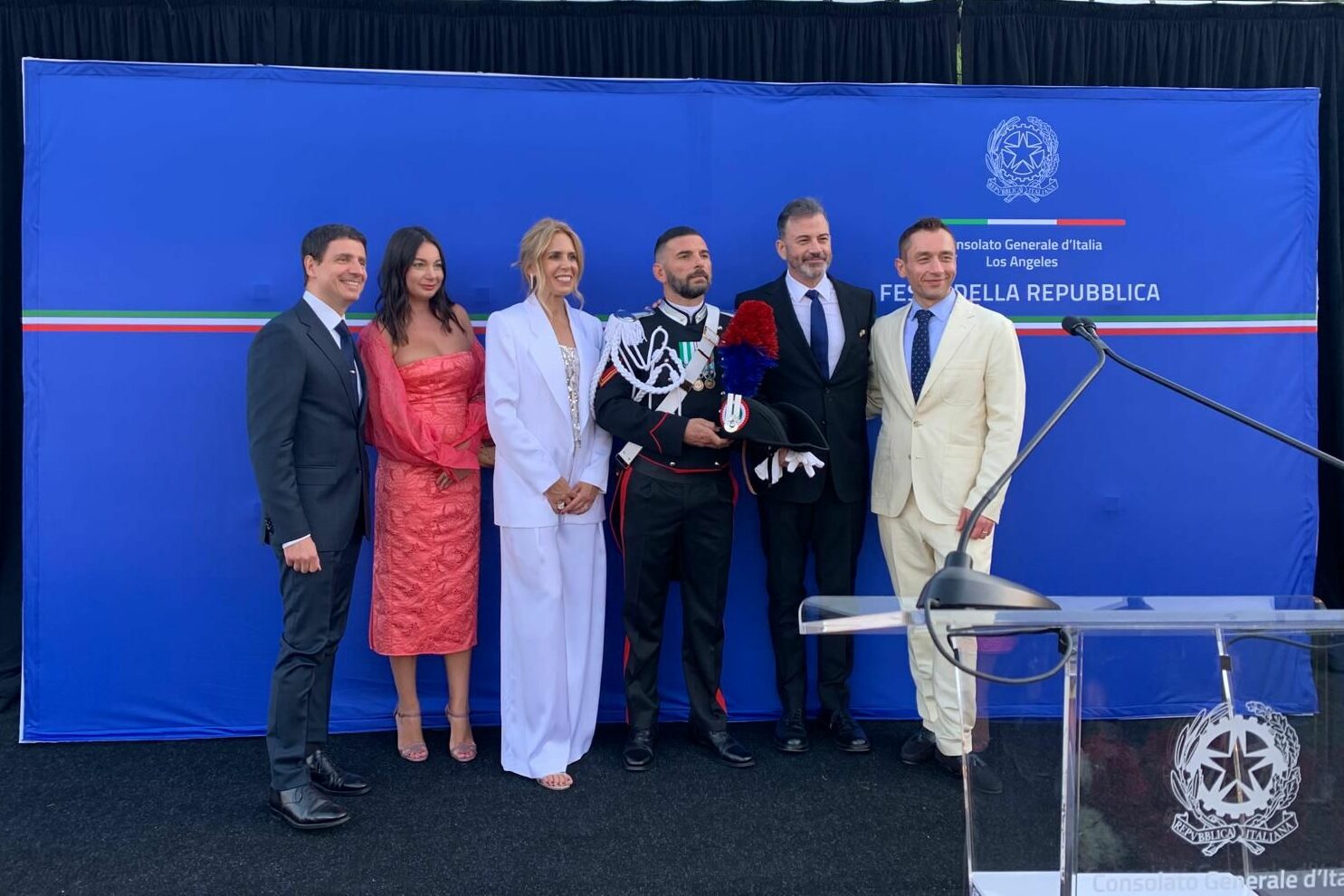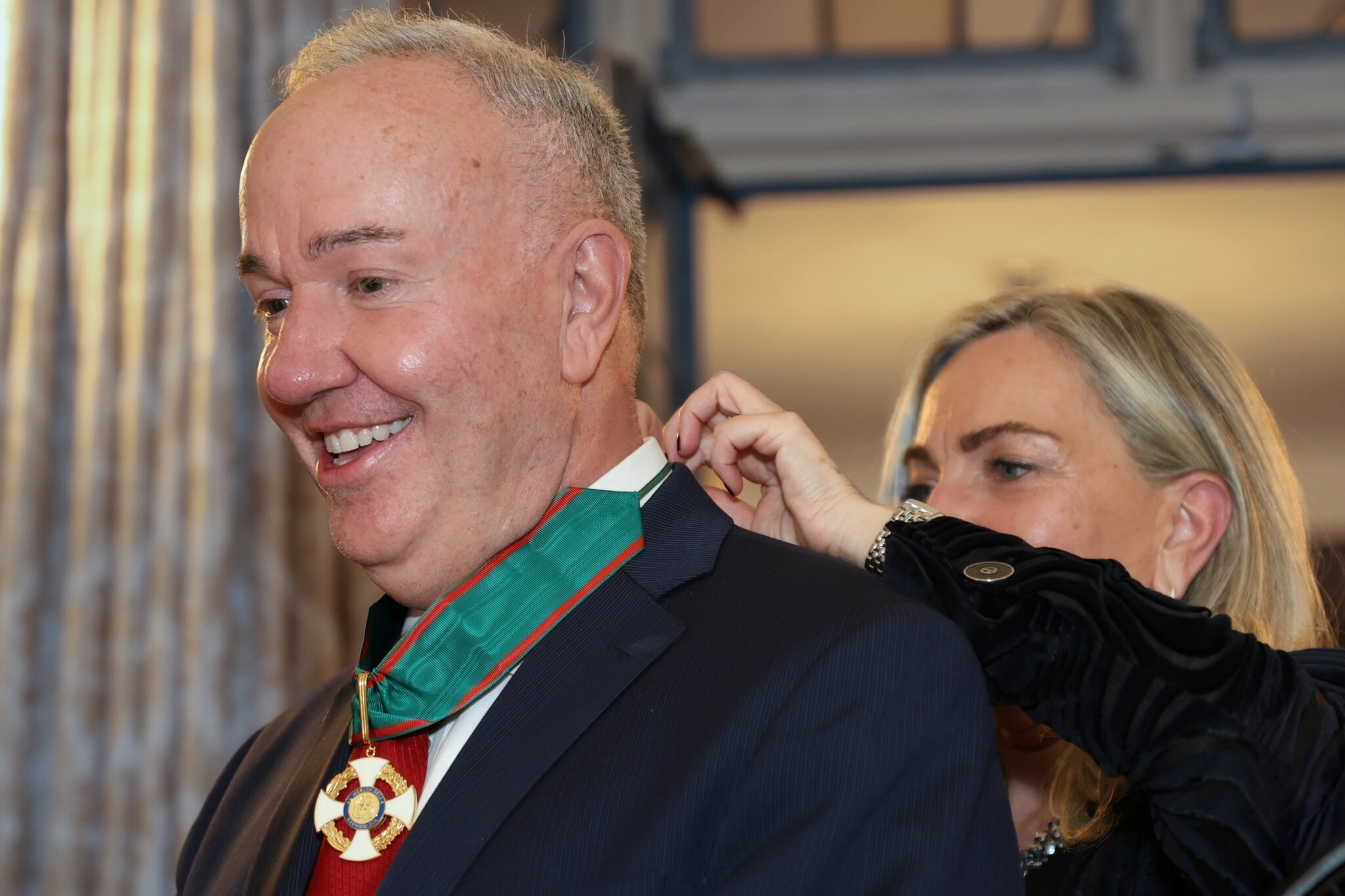Tuscan people are usually amiable and friendly, but they can also be very competitive and mocking, especially when it comes to horse racing.
In several small Italian towns, from northern to southern regions, the typical horse races known as Palio are held mainly during the summer season. Among them, the most famous is the one that takes place in Siena, Tuscany, every year on July 2 and August 6. According to the tradition, it is run in honor of the Madonna of Provenzano and the Assumption of the Virgin Mary, during celebrations lasting four days.
This spectacular show, whose origin dates back to the Middle Ages, involves 10 out of the 17 contrade (city quarters). Those that didn’t participate in the previous year are automatically included, and 3 more are chosen by draw.
Siena’s town quarters are historical institutions, having their own representatives, emblems, festivities, and patron saints to protect the jockeys and horses, as well as their own territories. These were defined in 1730 by the town’s governess, Violante of Bavaria, who also reduced the number of contrade.
In the beginning, there were 59 of them, each named after an animal, and the race was run all across the city accompanied also by jousting, archery, crossbow, and other public games. The modern version of the Palio “alla tonda” (running in a circle), as it is known today, was held for the first time in 1656.
A colorful two-hour pageant preceding the race attracts national visitors as well as foreign tourists.
Riding bareback and dressed in traditional costumes, the 10 jockeys circle the main town square, Piazza del Campo, three times, trying to stay in the saddle and to disturb rivals’ horses by shoving them or using the whip. In fact, the horse representing the contrada can win the Palio even if its rider has been unsaddled.
Interesting enough, the loser is considered to be the second to cross the finish line, not the last. The most successful ward is Oca (Goose) with 65 victories since 1644. Winning both the July and August races is quite rare and known as “fare cappotto”.
But besides the Palio itself, in the days prior to the competition the overall atmosphere in the town is especially vibrant and exciting, as each contrada plans its strategy through secret meetings, alliances, and local rivalries that have existed for centuries. In most cases, the disappointment when a contrada fails to win the Palio can only be compensated by the defeat of its sworn enemy. Among the oldest animosities is the one between Chiocciola (Snail) and Tartuca (Tortoise), probably the result of a territorial dispute in the 1650s.
Jokes and mockeries continue also after the race, when the winner is awarded the Palio – a banner of hand-painted silk commissioned to a local artist – and the contrada that has been without a victory for the longest time is teased and nicknamed “nonna” (grandmother). Occasionally, the excessive enthusiasm of the celebrations can trigger violent episodes involving opposing quarters.
In love and war everything is fair, and victory is the reward for a yearlong preparation to train the horses and find the most talented jockeys in town.





























